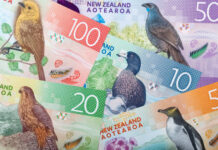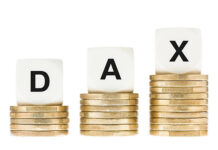- Personal income rose 0.5% in May, beating the median survey estimate for 0.3%. Nominal personal spending rose 0.4%, broadly in line with expectations. April spending was revised up to 0.6% (from 0.3%).
- Removing the effect of price changes, real spending rose 0.2%, slightly weaker than expectations for a 0.4% print. However, real spending growth in April was revised up to 0.2% from a previously flat print. Goods spending rose 0.4% due to a 1.6% expansion in durables. Spending on services rose 0.2% in May.
- The personal consumption price deflator rose 0.2% on the month, and 1.5% on a year-on-year basis. Core PCE rose 0.2% (month-on-month), holding at a 1.6% year-on-year rate.
- The personal saving rate held steady at 6.1% in May, although the saving rate for April was revised down a touch (from 6.2%).
Key Implications
- Personal spending and income growth remained healthy in May. An upward revision to April helps to ensure that real spending growth in the second quarter is on track for an above 3% (annualized) performance. Strong consumer spending will be the key to ensuring that GDP growth holds near trend this quarter.
- Core inflation held steady in May, a sign that temporary factors are likely still weighing on price growth. This remains the key metric on the Fed’s dashboard as it plans the timing of its first of likely two rate cuts this year.
- The resilience of the American consumer will be tested in the months ahead. Tariffs increased in May on $200bn in Chinese imports, but left consumer goods largely unaffected. However, the next (threatened) escalation in tariffs would hit nearly-all consumer goods imported from China. The result could be noticeably higher prices, decreasing the purchasing power of U.S. households.














